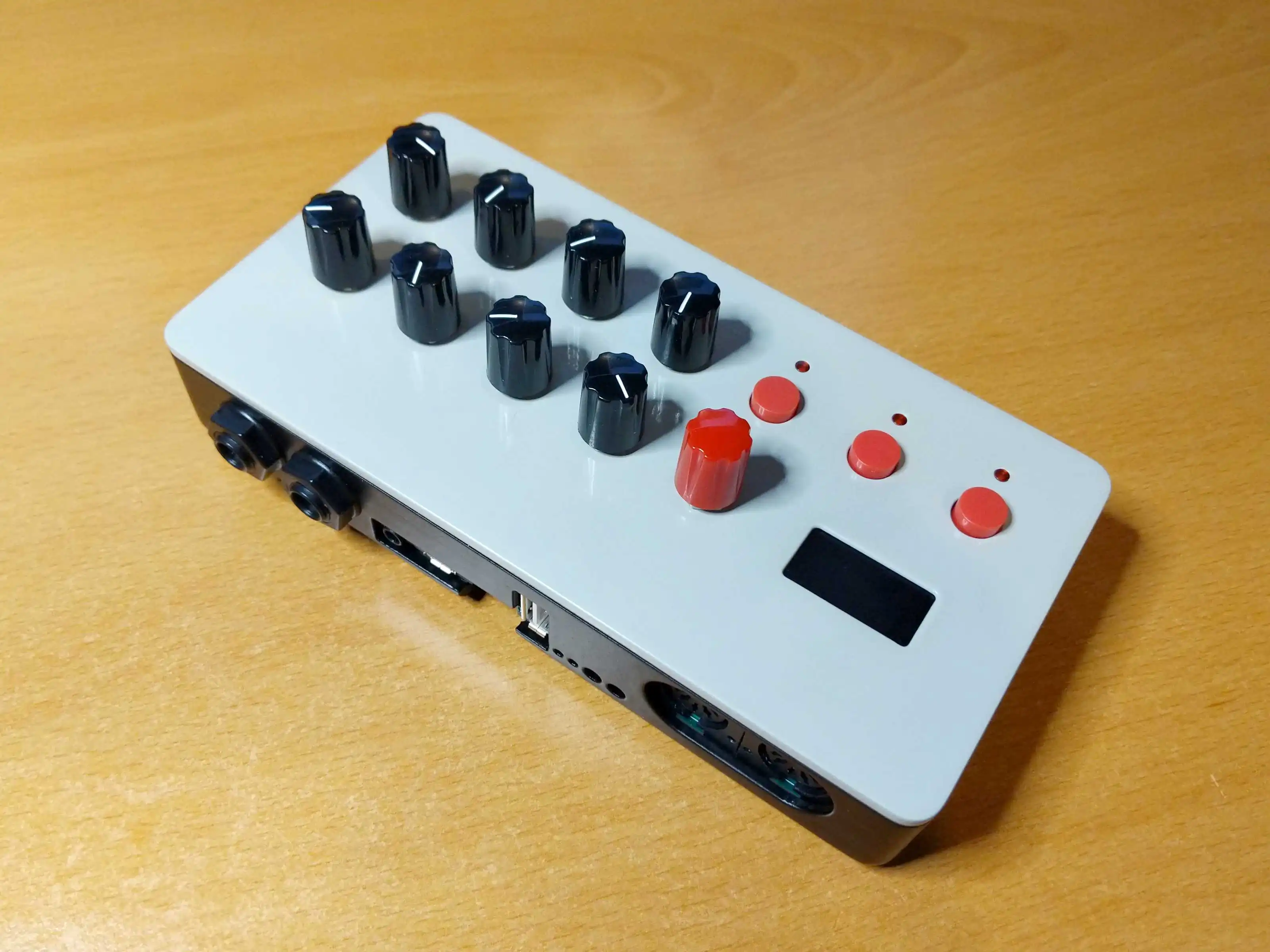Week 92: Plumbing
I’m writing this late because I was preparing for and then giving my talk at LRUG last night. But more on that next time.
We have hot water in the bathroom sink once again. Neither of the taps were in great condition when we moved in, and they required more and more effort to turn off each time, until one day earlier in the year when the hot tap ran out of screw thread and you couldn’t turn it off at all.
Well, it was summer, or at least spring, so I turned it off at the valve and we made do with cold water. But it’s autumn now, and it’s getting colder, and I felt motivated to look into ways I could fix it that didn’t reauire me to pay a lot of money to a plumber. It’s not that I mind paying a professional, it’s just that it’s hard to sink more money into a decrepit bathroom that we’re going to redo completely in the near future.
The old taps were plumbed in with soldered copper pipes, but the modern way is just to use a couple of flexible hoses, so I was able to discard everything above the isolating valves and just screw on the new ones.
It was slightly complicated by the fact that I needed longer hoses than the ones that came with the tap, but it still only came to about £30 all in. I took advantage to upgrade to a single mixer tap, so it’s better than before: we can have warm water as well as hot or cold.
I don’t know why individual hot and cold taps are still so common in this country. Something to do with the old system where everyone had a filthy asbestos water-and-dead-pigeon tank in the loft, I think. I don’t know why those tanks were needed, but we don’t need them any more, and we don’t need separate taps either.
That’s not the only bit of home improvement I did, either. I stopped the kitchen cupboards banging through the simple expedient of applying little adhesive rubber feet to the corners. I bought a sheet of a hundred, because I also use them for 3D printed enclosures, and they’re very cheap in bulk. Search for “3M domed rubber feet 10mm clear” on eBay and you’ll find the things.
The eating part of Christmas has already started: I picked up Glühwein in Lidl and found some mince pies in Waitrose while buying the nice loose tea (the kind that’s observably made from leaves and not the sweepings of the warehouse floor), and we had some on Sunday.
It’s a strange thing to me that you can buy mince pies in October, best before some time in November, but come 26 December they’re nowhere to be seen. That’s why I start buying and eating them as soon as they go on sale.
I did my quickest and easiest fix yet for something I bought “for parts” on eBay, a Boss CS-3 compression pedal. It was advertised as not working on an external power supply. I figured that couldn’t be too hard to pin down.
I tested it and, indeed, it worked OK on batteries but on a normal pedal power supply the light was very dim. I found a schematic and quickly identified a couple of components in the power section of the circuit that looked odd to me. I searched for the components, R32 and D10, and found the answer:
The ACA [power supply] was designed for older Boss pedals, and puts out an unregulated 9-12 VDC. Older CS-3 pedals (as well as CS-2s) were designed for the ACA, and have R32 & D10 on their boards to drop the unregulated supply voltage down to a useable 9 volts.
When you power an old ACA-type pedal off a modern regulated 9-volt supply, R32 & D10 drop the voltage even lower, and the pedal won’t work. (Some pedals DO work on the low voltage, SD-1s sound great this way.)
The fix, and in fact, the way that later models are constructed, is to replace those two components with wire jumpers. Cost approximately nothing (even the wire was recycled trimmed-off LED legs), took about five minutes, and now it works brilliantly.
I don’t know if I’ll keep it or sell it on again, but for now I found some nice Mogwai-ish tones with guitar into compressor into Tube Screamer TS9 into Line 6 Pod Pro into Zoom 1201 reverb. That’s all items that I’ve bought broken for cheap and fixed this year. It’s a satisfying hobby, and it might even pay for itself if I get around to selling some of the things I’ve fixed!
I finished the enclosure for my Axoloti Core project. I designed a control board, had that manufactured in China, soldered it all together, designed an enclosure, printed it, painted it, and finally assembled everything into a very slick looking artefact, if I say so myself.

The finished Axoloti device
It deserves a blog post of its own, which I’ll write at some point.
It’s a shame that the Axoloti appears to be a victim of IC supply chain issues. As I understand it, production is halted indefinitely, at least until STM chips are available again.